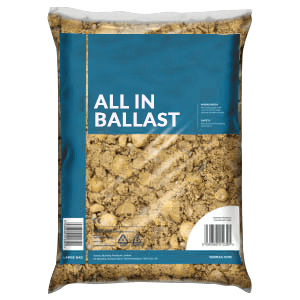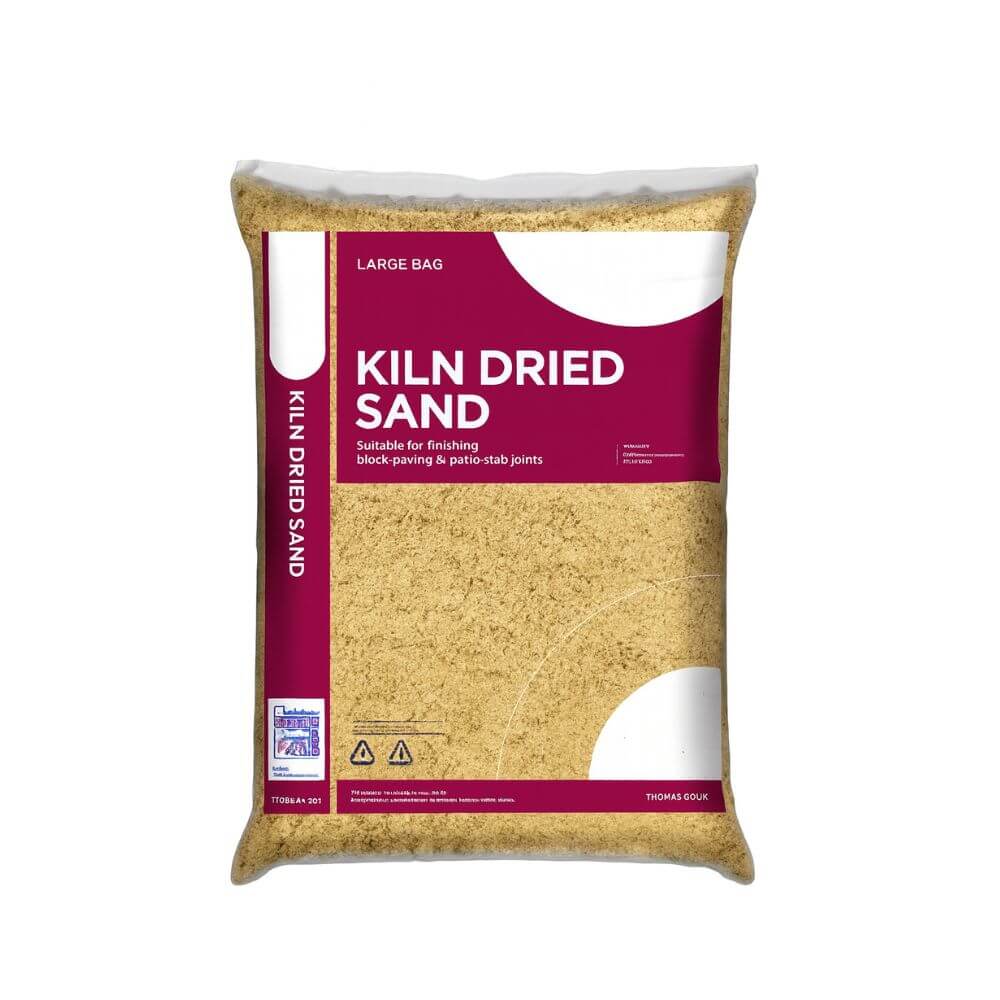Sand & Aggregates
(26 Products)Sand and aggregates form the foundation of most construction works, providing essential strength, stability, and drainage for structural and civil engineering applications. Available in a range of grades, sizes, and compositions, these materials are crucial for concrete production, mortar mixes, sub-base layers, and decorative landscaping.
Understanding Sand & Aggregates
Sand and aggregates represent the granular building materials used extensively across construction, civil engineering, and landscaping.
They consist primarily of naturally occurring or crushed mineral particles that vary in size from fine sands to coarse gravels. These materials form the bulk and structural framework in concrete, asphalt, and other composite construction products.
Sand is typically sourced from riverbeds, quarries, or marine deposits and graded according to particle size and cleanliness. Aggregates, which include crushed rock, gravel, and recycled materials, are classified by their nominal size distribution and shape characteristics. Together, they provide mechanical stability, load-bearing capacity, and controlled drainage performance in both structural and non-structural applications.
The quality, grading, and cleanliness of sands and aggregates directly influence the performance of mixes, particularly in concrete and mortar.
Standards such as BS EN 12620 ensure consistent particle size distribution and resistance to chemical and physical degradation. Material selection ensures strength, workability, and durability across building, highway, and infrastructure projects.
Material Range
- Building Sand: Fine-grained sand with high plasticity, used for bricklaying and rendering.
- Sharp Sand: Coarse-textured sand suitable for screeding, paving, and concrete mixes.
- Ballast: Pre-mixed combination of sand and gravel for general concrete production.
- Crushed Stone: Mechanically broken rock aggregate used for sub-base and load-bearing layers.
- Gravel: Naturally rounded coarse aggregate providing drainage and decorative finishes.
- Recycled Aggregates: Processed demolition materials used in sustainable base and fill applications.
Key Features
- Grading: Controlled particle distribution ensures consistent compaction and strength.
- Durability: Resistant to weathering, abrasion, and chemical attack under normal conditions.
- Versatility: Suitable for structural, decorative, and drainage applications.
- Workability: Balanced mix properties support ease of handling and laying.
- Sustainability: Recycled and secondary aggregates reduce environmental impact.
- Load Bearing: Supports static and dynamic loads in foundations and road bases.
Typical Applications
- Concrete Production: Aggregates and sand combine with cement and water for structural and precast concrete.
- Mortar and Screeds: Fine sands provide smooth, workable blends for finishing surfaces and bedding layers.
- Sub-base Construction: Coarse aggregates stabilise roads, driveways, and paving foundations.
- Drainage and Landscaping: Gravel and sharp sand improve water permeability and visual finish.
- Civil Infrastructure: Used in rail ballast, pipe bedding, and embankment stabilisation.
Specification & Standards
- BS EN 12620: Aggregates for concrete.
- BS EN 13139: Aggregates for mortar.
- BS EN 13242: Aggregates for unbound and hydraulically bound materials in civil works.
- BS EN 13043: Aggregates for bituminous mixtures and surface treatments.
- BS EN 933 Series: Tests for geometrical properties of aggregates.
- BS EN 1744 Series: Tests for chemical properties of aggregates.
Related Materials and Construction Uses
Sand and aggregates integrate closely with cement, bitumen, and geotextile systems. In concrete production, they form the main volumetric component, controlling density and strength.
In drainage and highway layers, aggregates combine with geogrids and membranes to improve stability and filtration. Decorative gravels and sands are often paired with paving blocks and edging systems to provide both function and aesthetic value within external works and landscaping design.
Frequently Asked Sand & Aggregates Questions
How Are Sand and Aggregates Classified?
They are classified by particle size and origin. Fine aggregates include natural sand, while coarse aggregates consist of gravel or crushed rock. Both types are selected to meet performance requirements specified in relevant British and European standards.
What Applications Use Sand and Aggregates Together?
They are used together in concrete mixes, screeds, mortar, and sub-base layers. Combined correctly, they ensure proper compaction, drainage, and load-bearing capacity for structural and civil engineering works.
What Standards Apply to Sand and Aggregates?
Sand and aggregates used in concrete and mortar must conform to BS EN 12620 for concrete aggregates and BS EN 13139 for mortar aggregates. Testing covers grading, cleanliness, strength, and moisture content.
How Does Particle Size Distribution Affect Performance?
A well-graded mix of sand and aggregates enhances density and reduces voids, improving concrete strength and workability. Correct grading ensures efficient compaction and limits segregation in fresh mixes.
Can Recycled Materials Be Used as Sand and Aggregates?
Yes. Recycled sand and aggregates derived from crushed concrete or asphalt can replace natural sources if they meet BS EN 12620 requirements. They support sustainability goals and reduce reliance on virgin materials.
How Should Sand and Aggregates Be Stored On-Site?
They should be stored separately on clean, hard surfaces to prevent contamination and moisture absorption. Proper stockpile management maintains consistent grading and quality control before batching or mixing.
What Is the Importance of Cleanliness in Sand and Aggregates?
Clean materials prevent impurities such as clay, silt, and organic matter from affecting bond strength and setting time. Regular washing or screening ensures compliance with specified cleanliness limits under BS EN 933-1.
What Tests Are Performed on Sand and Aggregates?
Routine tests include particle size analysis, moisture content, bulk density, and fines content. These determine compliance with relevant standards and confirm suitability for structural or non-structural use.
How Do Sand and Aggregates Influence Concrete Durability?
The composition and grading of sand and aggregates directly affect concrete’s compressive strength, permeability, and resistance to freeze-thaw cycles, making correct selection and proportioning critical for long-term durability.









































